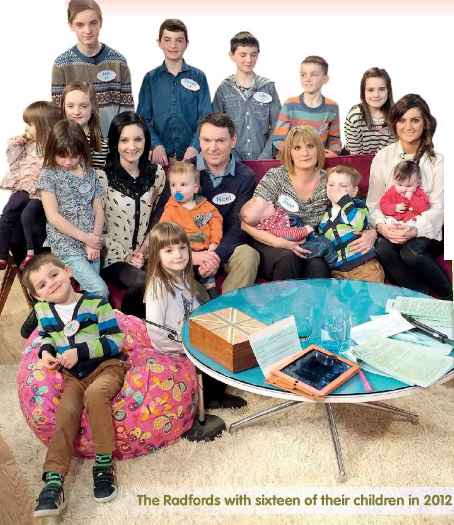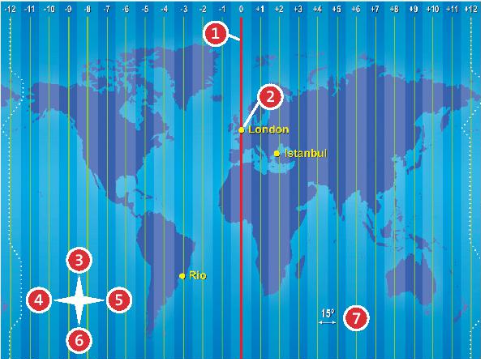
Hãy nhập câu hỏi của bạn vào đây, nếu là tài khoản VIP, bạn sẽ được ưu tiên trả lời.


1-protein
2-carbohydrates
3-vitamins
4-diseases
5-minerals
6-fat
7-fat
8-water
Nutrients in food
There are six main types of nutrients.
(1) Protein makes you strong. There is a lot of this in meat, fish, milk, eggs, beans and nuts.
(2) Cabonhydrates give us energy. There are a lot of these in bread, pasta, rice and potatoes.
(3) vitamins are important nutrients in the food we eat and you can find them in different types of food. People who don't get many of these in their food can get (4) diseases.
(5) Minerals are important for strong teeth and bones. You can find them in meat, fish, milk, vegetables and nuts. This nutrient has got the most energy and is good for our skin and hair. The (6) fat in food such as butter, chocolate, chips, burgers and crisps is unhealthy, but the (7) fat in food like olive oil, nuts and some fish is healthy.
(8) Water is also a very important nutrient. You can't live for more than one or two days without it There's a lot of this in fruit, vegetables and juice, too.

1. fins
2. gills
3. lungs
4. feathers
5. wings
6. legs
7. scales
8. hair
Vertebrates Vertebrates are animals with backbones. The following groups are the different types of vertebrates. |
Fish Fish are cold blooded animals and they live in water. They have got scales and (1) fins. They haven't got lungs. They have got (2) gills instead. |
Mammals All mammals are warm-blooded and they feed their babies milk. Most mammals live on land, for example, humans and dogs. However, some mammals, like whales, live in water, but they haven't got gills. Mammals have all got (3) lungs. |
Birds Birds live on land, but some of them look for food in the water. They have got (4) feathers, two legs and two (5) wings. Some birds, like ostriches and kiwis, can't fly. All birds lay eggs. |
Amphibians When amphibians are young, they live in water and they haven't got lungs. When they are adult, they have got lungs and four (6) legs - for example, frogs and toads. |
Reptiles Most reptiles live on land. They have got lungs and (7) scales but not gills. They haven't got any wings or feathers and they haven't got any (8) hair. They are cold blooded animals and many of them live in warm places. |

- path (n): tuyến đường
- hill (n): đồi
- railway (n): đường sắt
- forest (n): rừng
- river (n): sông
- road (n): con đường

Bạn và bạn cùng lớp của bạn muốn làm cho lớp học của bạn trở nên 'xanh'. Ghi năm quy tắc để các thành viên trong lớp tuân theo. Bạn có thể đọc Unit 11 một lần nữa để có ý tưởng.
Bạn và các bạn cùng lớp muốn lớp học trở thành một nơi 'xanh'. Viết 5 quy cho các thành viên trong lớp để tuân theo. Bạn có thể đọc lại Unit 11 để lấy ý tưởng.

a. Big family, big problems (Gia đình nhiều con, nhiều vấn đề)
b. An easy life for the Radfords (Cuộc sống nhẹ nhàng cho gia đình Radfords)
c. Happy house (Ngôi nhà hạnh phúc)
Tạm dịch bài đọc:
Sue và Noel Radford có 22 con trai và con gái và họ cũng có sáu đứa cháu. Đó là một gia đình lớn và họ rất có tổ chức.
Noel dậy lúc 4h45, ăn sáng và đi làm. Bọn trẻ dậy lúc 6 giờ 45 sáng.
Sue làm việc tại nhà. Con gái lớn của cô đôi khi phụ giúp việc nhà. Những đứa trẻ nhỏ hơn không giúp được gì. Chúng xem tivi với anh chị em của chúng. Sue không xem tivi nhiều. Gia đình Radfords không thường đến nhà hàng vì nó đắt tiền.
Trẻ nhỏ thường đi ngủ lúc 7 giờ tối, trẻ lớn hơn lúc 8 giờ tối hoặc 9 giờ tối và cha mẹ của họ đi ngủ ngay trước 10 giờ tối.

1. Yes, they do.
2. They need only a pair of rackets, a shuttlecock, a net a small piece of land to play the game.
3. In their free time
4. The strongest countries in badminton are Indonesia, China, South Korea.
1. Do people enjoy playing badminton today?
- Yes, they do.
2. What do people need to play badminton?
- People need only a pair of rackets, a shuttlecock, a net, and a small piece of land to play the game.
3. When can people play badminton?
People can play badminton in their free time or in a competition.
4. What countries are the strongest in badminton?
The strongest countries in badminton are Indonesia, China, and South Korea.

1 Yes, they do
2 They need only a pair of rackets, a shuttlecock, a net, and a small piece of land
3 Two or four players hit he shuttlecock over the net with their rackets
4 They are Indonesia, China and South Korea
1. Yes, they do.
2. A pair of rackets, a shuttlecock, a net, and a small piece of land.
3. Two or four players hit the shuttlecock over the net with their rackets.
4. Indonesia, China, and South Korea.

1.Prime Meridian
2.Greenwich Mean Time
3.north
4.west
5.east
6.south
7.longitude
Tạm dịch bài đọc:
Múi giờ
Múi giờ giúp chúng ta biết mấy giờ ở các vùng khác nhau trên thế giới. Điều này là do khi Trái Đất quay, mặt trời chỉ chiếu sáng ở một phần của Trái Đất, vì vậy khi đó là buổi sáng ở quốc gia của bạn, thì lại là ban đêm ở quốc gia khác
Trái Đất có 24 múi giờ. Các đường cho mỗi múi giờ đi từ bắc xuống nam. Chúng được gọi là các đường kinh độ. Đường trên bản đồ ở kinh độ 0 ° được gọi là Kinh tuyến gốc. Đường này đi qua Greenwich, ở Luân Đôn. Thời gian ở đó được gọi là Giờ chuẩn Greenwich (GMT).
Trái Đất quay 15 ° kinh độ mỗi giờ (24 x 15 ° = 360 °). Các địa điểm phía đông của Kinh tuyến chính đi trước GMT. Ví dụ, Istanbul cách Kinh tuyến gốc khoảng 30 ° về phía đông, do đó thời gian ở đó là GMT cộng thêm hai giờ. Các địa điểm phía tây của Kinh tuyến chính nằm sau GMT. Ví dụ, Rio nằm cách Kinh tuyến gốc khoảng 45 ° về phía tây, do đó thời gian ở đó là GMT trừ đi ba giờ. Vì vậy, khi nó là 12 giờ tối ở Luân Đôn, bây giờ là 2 giờ chiều ở Istanbul và 9 giờ sáng ở Rio.




là
lên google
dịch ạ
tk cho nấm nhoa
Dịch : Đọc qua đề thật nhanh để kiểm tra xem những ý tưởng của bạn
k mình nha !